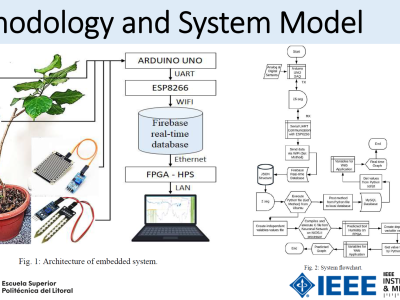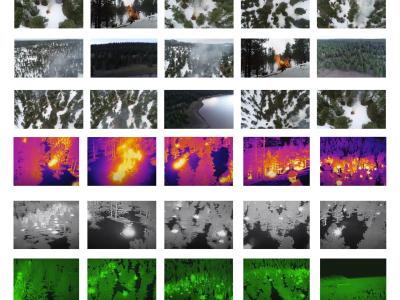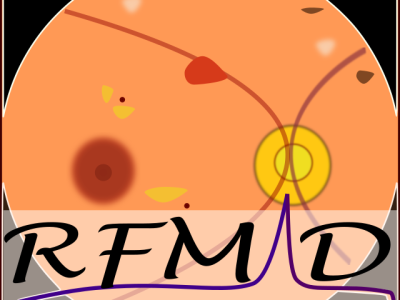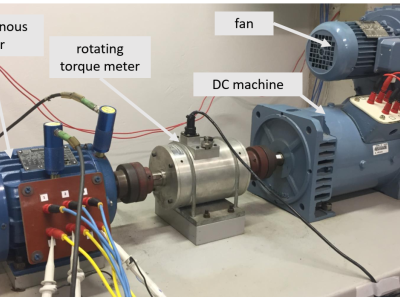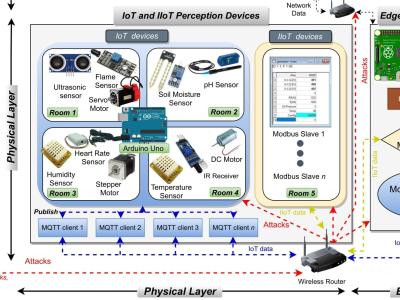A Hybrid Frequency-Spatial Domain Unsupervised Denoising Model for Gaussian-Poisson Mixed Noise in Medical Imaging
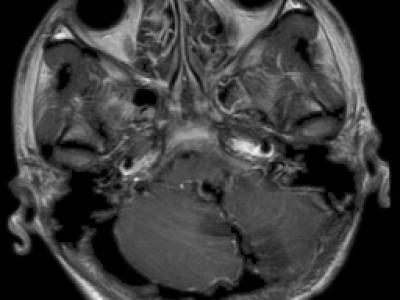
- Citation Author(s):
-
Kin Sam Yenzhang cheng
- Submitted by:
- kinsam yen
- Last updated:
- DOI:
- 10.21227/kaeb-xj48
 231 views
231 views
- Categories:
- Keywords:
Abstract
本文介绍了一种无人监督的医疗 旨在解决高斯-泊松挑战的图像去噪模型 CT、MRI 和 X 射线图像中的混合噪声。传统深度图像先验 (DIP) 使用随机噪声作为网络输入的方法收敛缓慢, 而直接使用观察到的噪点图像通常会导致过度拟合和较差 去噪性能。为了克服这些限制,我们将 frequency 和 用于对观察到的噪声进行多通道处理的空间域信息 图像。然后,特征融合模块集成了两个域的优势, 能够更准确地提取结构信息,显著 提高降噪性能,并加速收敛。此外,我们 引入基于熵的提前停止机制,用于动态监控 训练期间熵的变化,自动停止迭代一次 熵减少并稳定,从而防止过拟合。此外 该模型采用 L1 损失函数,而不是使用的传统 MSE 损失 以更好地保留图像边缘和细节。实验结果表明 所提出的模型具有优势,PSNR 平均增加 10.7%,并且 与 DIP 相比,SSIM 为 17.9%。值得注意的是,到第 60 次迭代时,PSNR 和 所提出的方法的 SSIM 值已经超过了峰值 在第 1,360 次迭代中通过 DIP 实现,在第 2,600 次迭代中由 DIP 变体实现 迭 代。所提出的模型提供了一种高效、稳健和创新的方法 医学影像降噪任务的解决方案。
Instructions:
This paper introduces an unsupervised medical image denoising model designed to address the challenges of Gaussian-Poisson hybrid noise in CT, MRI, and X-ray images. Traditional deep image prior (DIP) methods, which use random noise as network input, suffer from slow convergence, while directly using observed noisy images often results in overfitting and poor denoising performance. To overcome these limitations, we fuse frequency and spatial domain information for multi-channel processing of the observed noisy images. A feature fusion module then integrates the benefits of both domains, enabling more accurate extraction of structural information, significantly improves denoising performance, and accelerates convergence. Furthermore, we introduce an entropy-based early stopping mechanism that dynamically monitors changes in entropy during training, automatically halting iterations once entropy decreases and stabilizes, thereby preventing overfitting. Additionally, the model employs an L1 loss function instead of the traditional MSE loss used in DIP to better preserve image edges and details. Experimental results demonstrate the proposed model's superiority, with an average increase of 10.7% in PSNR and 17.9% in SSIM compared to DIP. Remarkably, by the 60th iteration, the PSNR and SSIM values of the proposed method had already surpassed the peak values achieved by DIP at the 1,360th iteration and by DIP variants at the 2,600th iteration. The proposed model offers an efficient, robust, and innovative solution for medical image denoising tasks.


